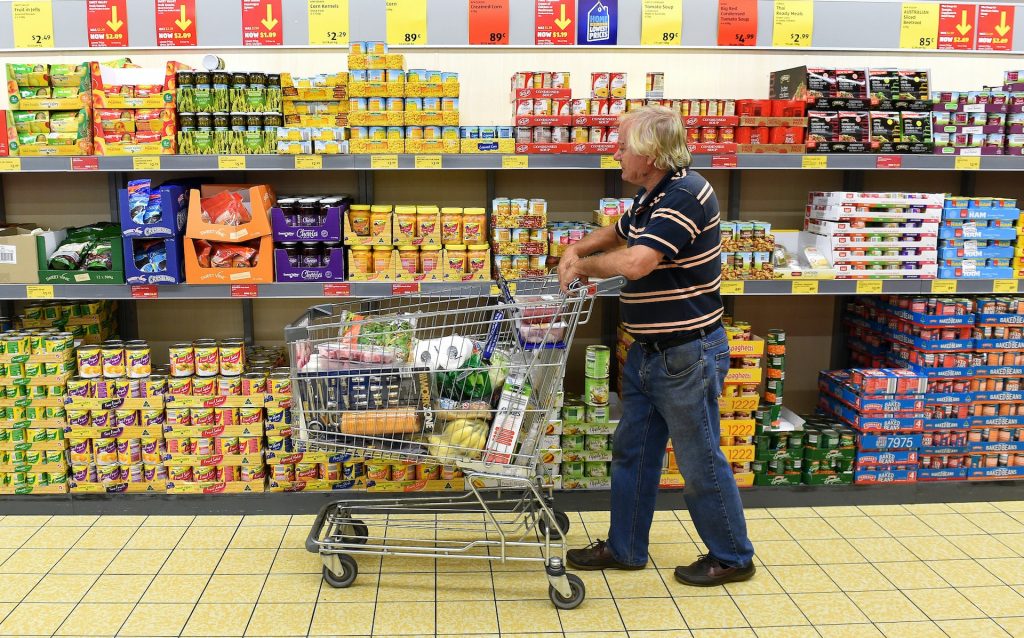Behind the Counter: Unraveling the Supply Chain of Convenience Stores
2 min read
In the hustle and bustle of modern life, convenience stores have become a ubiquitous presence, providing quick and easy access to a wide range of products. From snacks and beverages to toiletries and household items, these stores seem to have an endless supply of goods. But have you ever wondered, where do convenience stores buy their products? This article aims to shed light on the intricate supply chain that keeps convenience stores stocked and ready to serve your needs.
- Direct Purchases from Manufacturers
The first and most direct source of products for convenience stores is manufacturers. Large convenience store chains often have the purchasing power to negotiate directly with manufacturers. This allows them to secure products at lower prices, which can then be passed on to consumers. This direct relationship with manufacturers also ensures a consistent supply of products, reducing the risk of stock-outs.
- Wholesale Distributors
Wholesale distributors play a crucial role in the supply chain of convenience stores. These entities buy products in bulk from various manufacturers and then distribute them to retailers, including convenience stores. They offer a wide range of products, from food and beverages to personal care items and household goods. By consolidating purchases through a single distributor, convenience stores can simplify their supply chain and reduce costs.
- Specialty Suppliers
For certain product categories, convenience stores may turn to specialty suppliers. These are companies that focus on a specific type of product, such as fresh produce, baked goods, or gourmet foods. Specialty suppliers often have unique relationships with producers, allowing them to source high-quality products that may not be available through traditional distributors.
- Dropshipping Providers
In recent years, dropshipping has become an increasingly popular method for convenience stores to source products. In this model, stores sell products that they do not physically stock. Instead, when a customer buys a product, the store places an order with a third-party supplier, who then ships the product directly to the customer. This approach reduces inventory costs and allows convenience stores to offer a wider range of products.
- Local Producers
Finally, many convenience stores source products from local producers. This not only supports the local economy but also allows stores to offer unique, locally-made products that differentiate them from competitors. Local sourcing can be particularly important for products like fresh produce, baked goods, and artisanal foods.
In conclusion, the answer to the question, where do convenience stores buy their products? is multifaceted. It involves a complex network of manufacturers, distributors, suppliers, and producers, all working together to ensure that convenience stores can provide the products you need, when you need them. As consumers, understanding this supply chain can help us appreciate the value and convenience that these stores provide.



